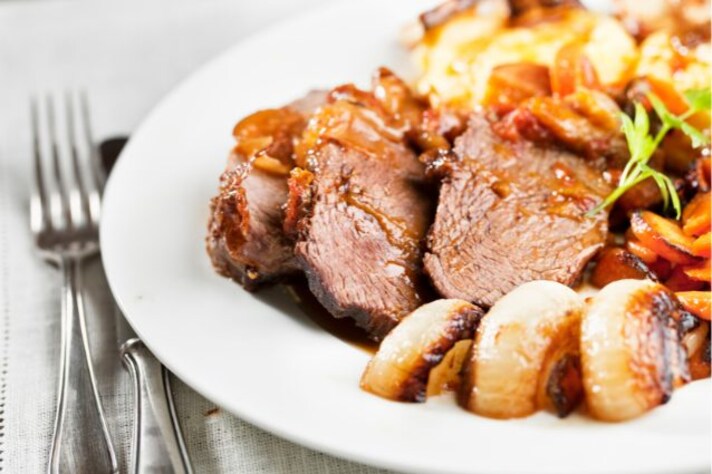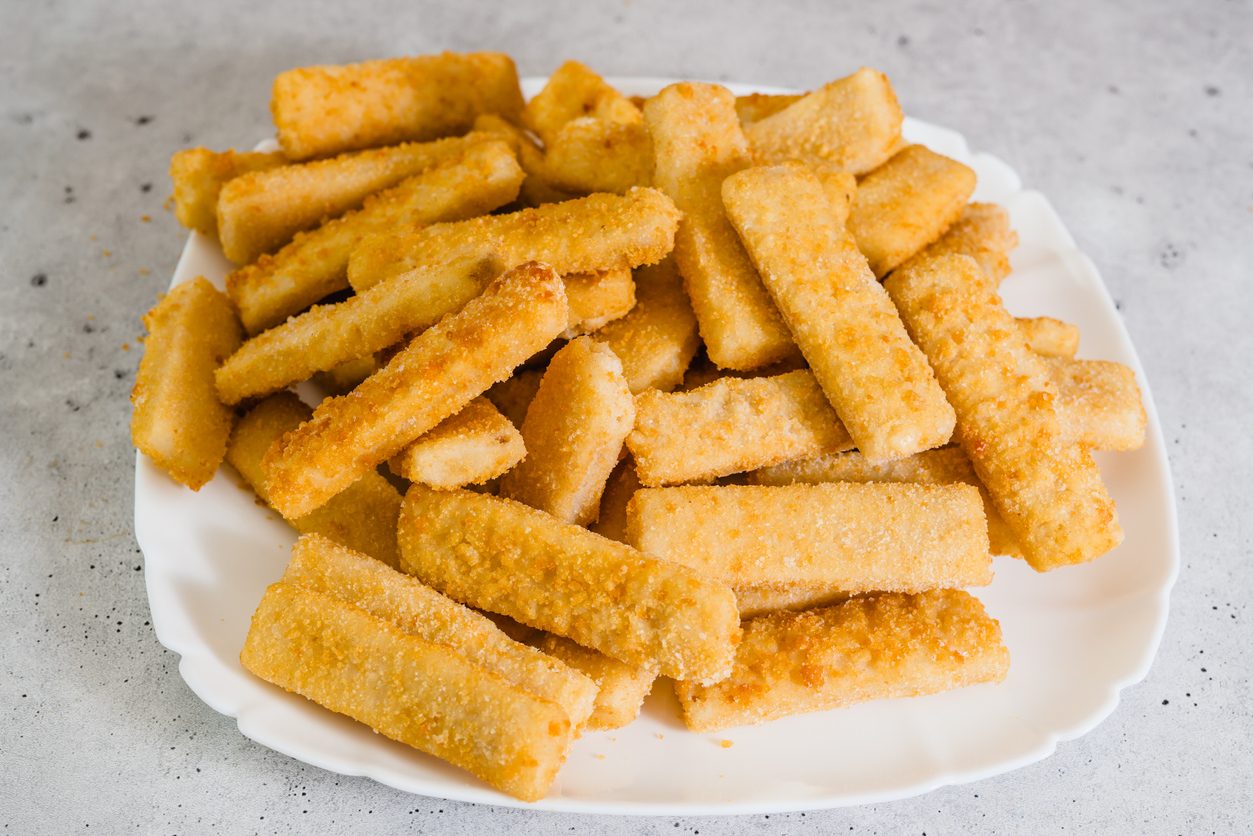Here’s Why You Should Never Trim Away the Fat From Your Sunday Roast When Preparing It
For a juicy, flavorful Sunday roast, keep the fat on! Trimming it off strips away flavor, moisture, and that crispy crust everyone loves. Fat naturally bastes the meat as it cooks, keeping it tender and enhancing each bite with rich flavor. Removing it leads to a drier, less satisfying roast.

Sunday roasts are more than just a meal—they’re a tradition that brings families together around the table, filling homes with the rich aroma of roasting meat and the warmth of shared company. While it may be a dying art, making a Sunday roast has its rituals, from the carefully timed cooking process to that satisfying moment of carving into juicy, perfectly cooked meat. And while there’s room for small tweaks here and there, there are certain rules to follow. The golden rule? Keep the fat on. Truly, it’s for the best.
The Role of Fat on Your Roast
One of the biggest mistakes you can make with a roast is trimming away the fat. Fat is the roast’s natural flavor enhancer; as it melts during cooking, it bastes the meat, keeping it moist and tender. When you trim it off, you miss out on a depth of flavor that would have infused the meat as it cooks. Instead of ending up with a juicy, flavorful roast, you’re more likely to get a dry, less satisfying version—hardly the centerpiece you want for a family gathering.

Why Fat Keeps Your Roast Tender
Fat also plays a key role in preserving the roast’s tenderness. As it renders, it provides a barrier, locking in moisture and ensuring the meat doesn’t dry out. Without this layer of protection, the surface of your roast is more prone to toughening up, especially in the high, dry heat of the oven. By keeping the fat on, you’re helping your roast stay succulent and tender—a crucial element for any successful Sunday roast.
The Benefits of a Fat-Crisped Crust
Fat adds more than flavor and moisture; it also gives your roast that mouthwatering, crispy crust that everyone fights over. As the roast cooks, the fat crisps up, forming a caramelized exterior that contrasts beautifully with the soft, juicy meat underneath. Without this fat layer, your roast is less likely to develop that iconic texture—one of the simple pleasures of a well-cooked roast.

Trimming the Fat Is A Shortcut to Flavor Loss
While some might argue that trimming the fat reduces calories, it also reduces the essence of what makes a roast a roast. Sure, a bit of fat trimming can help if it’s excessive, but removing it entirely is a shortcut to flavor loss. The fat acts as a conduit for spices, herbs, and seasonings, carrying them deeper into the meat. When you strip it away, you’re sacrificing some of that flavor and complexity that would otherwise make each bite worth savoring.
;Resize,width=767;)
;Resize,width=712;)
;Resize,width=712;)

